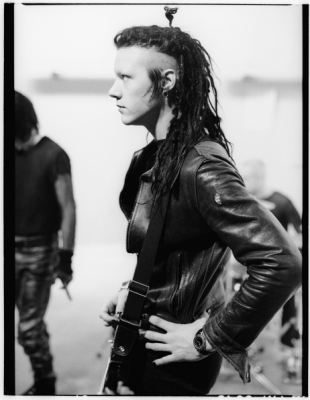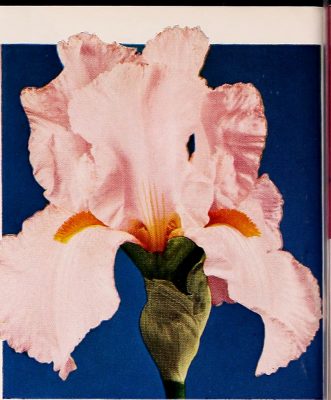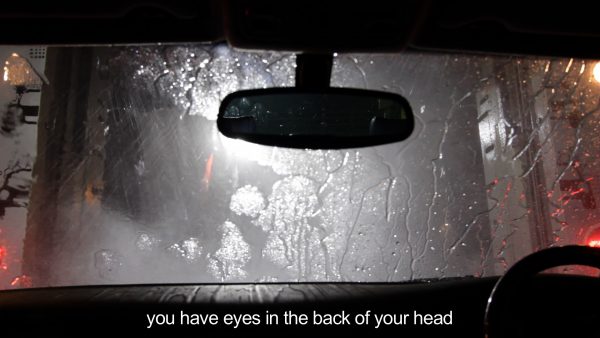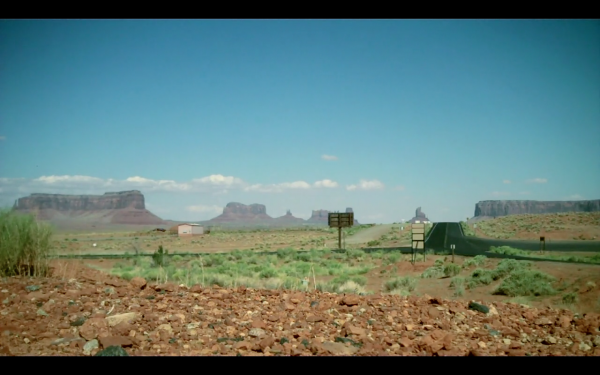Johanna Hedva
JOHANNA HEDVA is the author of the novel, ON HELL. Their collection of poems and essays, MINERVA THE MISCARRIAGE OF THE BRAIN, will be published in September 2020. Their essay, ‘Sick Woman Theory,’ published in MASK in 2016, has been translated into six languages, and their writing has appeared in TRIPLE CANOPY, FRIEZE, BLACK WARRIOR REVIEW, and ASIAN AMERICAN LITERARY REVIEW. Their work has been shown at The Institute of Contemporary Arts in London, Performance Space New York, the LA Architecture and Design Museum, and the Museum of Contemporary Art on the Moon. Their album, THE SUN AND THE MOON, was released in March 2019, and they’re currently touring BLACK MOON LILITH IN PISCES IN THE 4TH HOUSE, a doom metal guitar and voice performance influenced by Korean shamanist ritual. Their novel, YOUR LOVE IS NO GOOD is out in May 2023 from And Other Stories.
READ NEXT








